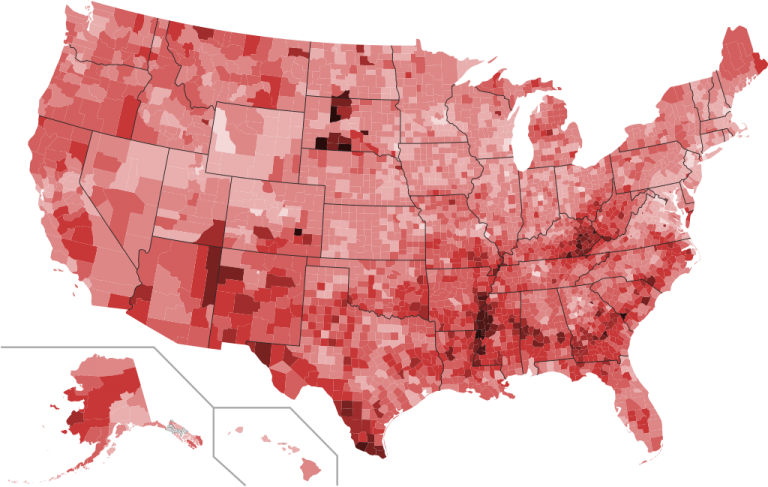Published on May 28, 2020

On March 14, two weeks after the first U.S. coronavirus death was announced here in King County and as an onslaught of social distancing policies descended on our communities, we began a research study to understand how 500 King County residents were coping with all of it. Every evening, study participants have been generously sharing with us how they are doing, specifically in terms of their mental health.
Because of our work on health-care inequities and racism, we were concerned about the impacts on communities of color. As it turned out, there was much reason for concern. Three months later, it is crystal clear that socially marginalized communities have been disproportionately impacted by COVID-19. Across America, many Black, Asian, Latinx and indigenous people, and poor white people, are living and working in conditions that make it harder to avoid the virus, have more underlying health conditions increasing risk, have less access to testing and medical care, and are dying at staggeringly higher rates. In King County, Black, Latinx, those with limited English proficiency and indigenous people are showing higher rates of infection, and Spanish-speaking Latinx people, in particular, are showing higher death rates.
In fact, for many marginalized communities, the COVID-19 crisis has presented little choice but to continue living through a web of social inequities. Meanwhile, it’s forcing other Seattleites to personally experience and live with social conditions already quite familiar to those who have been marginalized — an inability to move about freely and safely, being looked at strangely because of a face mask, large gatherings broken up by police, unemployment, financial stress, chronic health conditions, difficulty accessing care, and an ongoing proximity to death. Learning how to navigate at least some of the stressors of the COVID-19 crisis, for some of us, is nothing new.
Continue reading at The Seattle Times.
Originally written by Jonathan Kanter, director of UW's Center for the Science of Social Connection, Edwin Lindo, Critical Race Theory scholar and faculty in the Department of Family Medicine, and Adam Kuczynski, PhD candidate with the Center for the Science of Social Connection, for The Seattle Times.